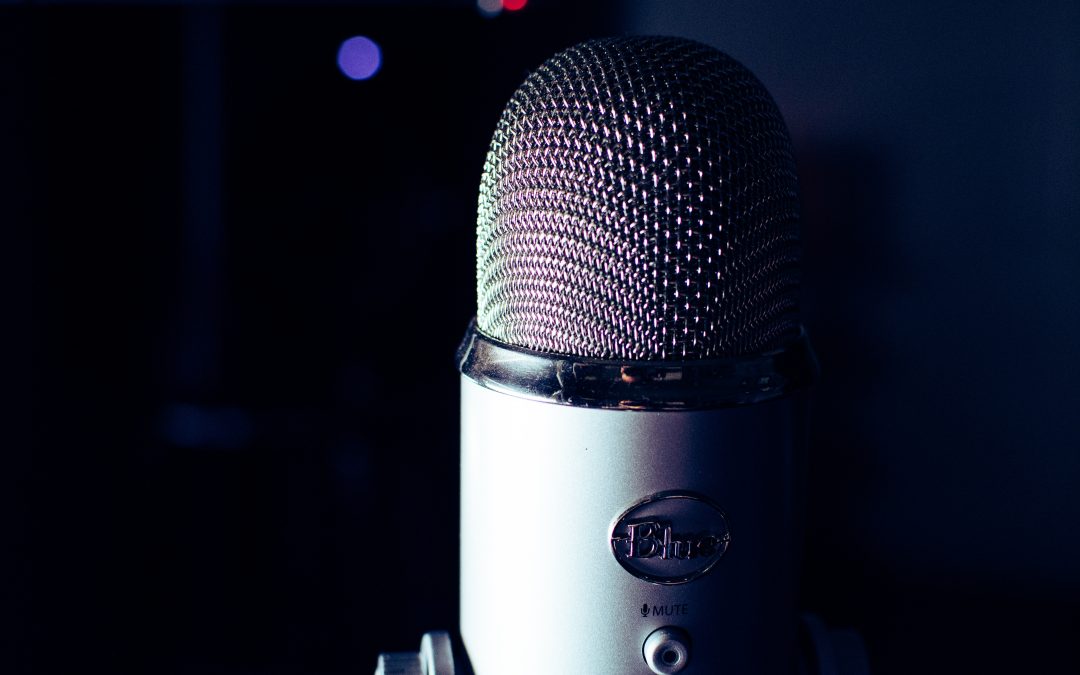A Step-By-Step Guide to Recording Your Own Voice-Over
Creating your own voice-over for a video production project can add an extra layer of authenticity and personality to any production. But with this comes the task of having to record yourself – which can be a daunting prospect, especially if you’re not used to it! Here is a step-by-step guide on how to make sure that your voice sounds as best as possible:
1. Find the Right Space
Recording in an environment with minimal background noise is essential in order to ensure good audio quality. This could mean investing in some basic soundproofing material (e.g., foam panels) or something as simple as closing all windows and doors in your recording room. If necessary, you can also use additional insulation around your microphone, such as thick blankets, rugs or even pillows, to minimize sound reflections from walls and furniture.
2. Invest in Quality Equipment
When it comes to producing high-quality audio, cheap built-in microphones simply won’t cut it; investing in an external mic will go a long way towards getting better results. When shopping around, consider factors such as price point, sensitivity levels and polar patterns – these are all crucial aspects when selecting the best microphone for the job at hand! Make sure you have a decent set of headphones too, so that you can monitor what you are recording while still being able to hear any mistakes or imperfections during playback.
3. Become Familiar With Audio Editing Software
Before diving into any serious recording sessions, it’s important to become familiar with basic editing techniques like noise reduction and compression – these techniques help bring out the best qualities of your vocal performance whilst ensuring levels remain consistent throughout. Most digital audio workstations (DAW’s) come with these tools but not always user-friendly tutorials; thankfully, plenty of online resources are dedicated to helping users get up to speed quickly!
4. Practice & Experiment
Take some time before recording the final take by experimenting with different styles/tones/delivery methods etc.; this will help ensure that everything feels natural when speaking into the microphone rather than sounding forced or unnatural during playback. Don’t forget about experimenting with background music too – subtle music tracks can add another dimension of emotion and depth to any video production! With these tips in mind, anyone should be able to produce their own professional-sounding voice-overs for their video projects – all it takes is practice, patience and perseverance!
At ELO Media, we normally use professional voice-over artists. However, there are times when you may want to personalise your video with your own voice-over. We can help and advise on the best options and direction to take.
Whether you’re looking for a health and safety video, animated explainer video, or drone aerial filming, contact your local friendly experts
Contact us at Sales@elo.co.uk or call 01202 805091.

